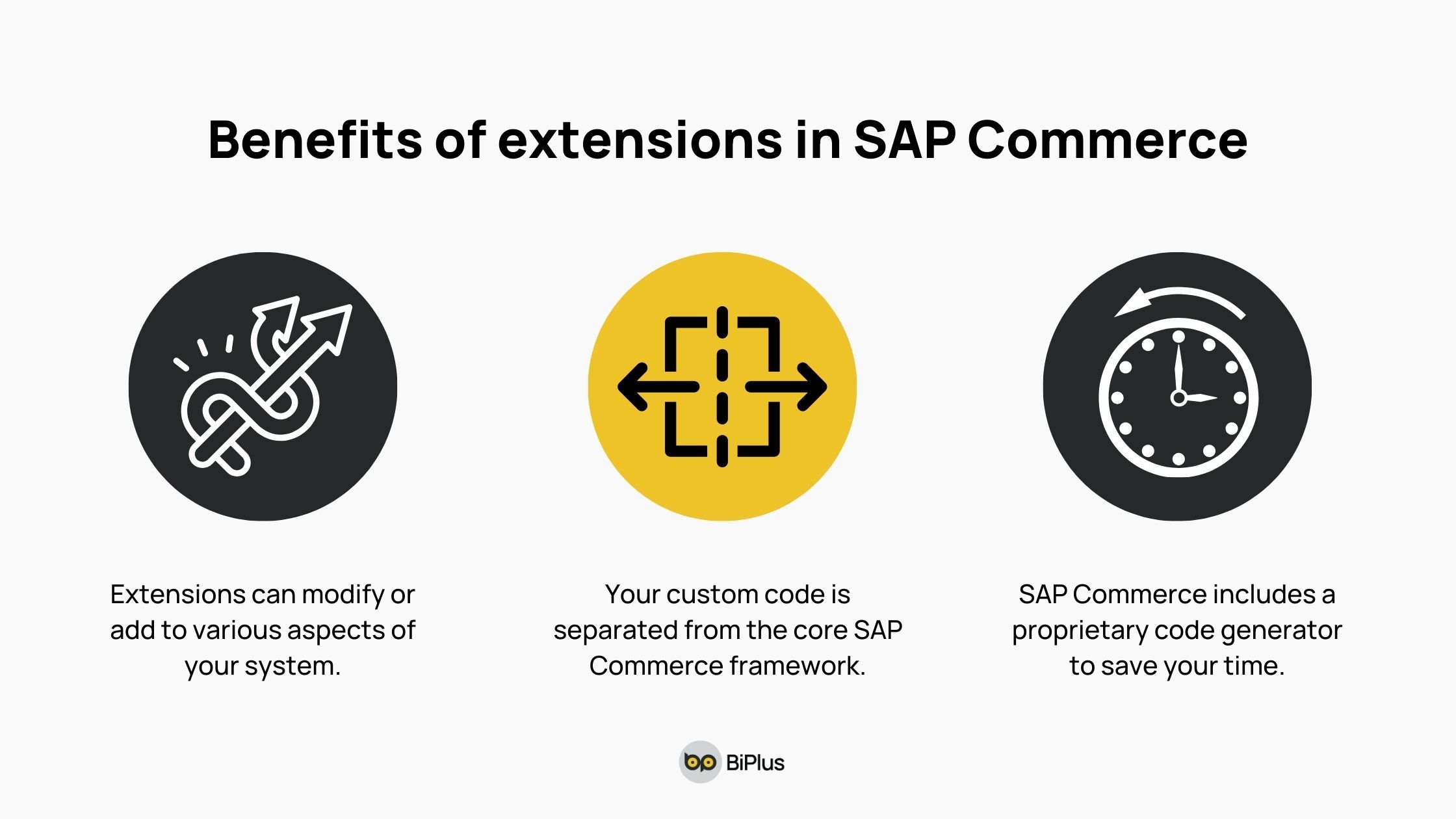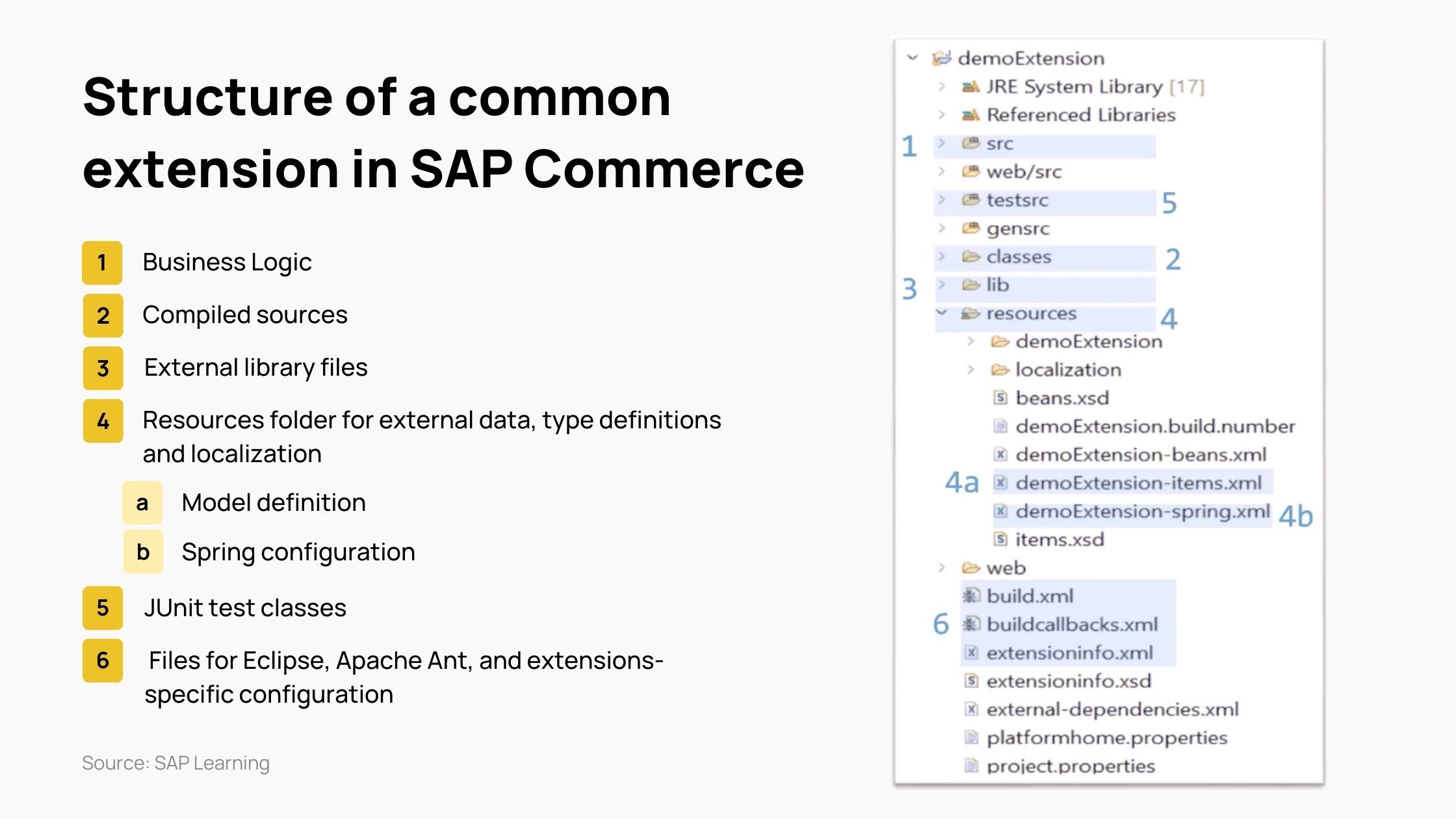If you're running online stores in SAP Commerce, you're probably well acquainted with Product Catalog Management.
It's a core feature of SAP Commerce tool that provides a wide range of functions to help you organize and showcase your products effectively.
As your business grows and product lines expand, you might find yourself facing some common challenges in managing your product catalog, such as:
Scattered data: When product information is spread across different departments or systems, maintaining accurate, up-to-date catalogs becomes a real challenge.
Limited customization: The standard catalog features no longer align with your unique business needs or industry-specific requirements.
Data overload: With thousands of products, each with multiple attributes and variations, catalogs can quickly become overwhelming.
Inefficient processes: Updating product information, pricing, or availability often requires time-consuming manual input, leading to delays and potential errors.
So how to deal with these issues?
Answer - Build a custom extension tailored to your specific needs.
In this blog post, we provide a practical guide for creating custom extensions for Product Catalog Management in SAP Commerce. Whether you're looking to automate updates, improve data organization, or add unique features to your catalog, we've got you covered.
Let's dive in!
Table of contents [ Hide ]
Understand extensions in SAP Commerce Cloud (Hybris)
What are extensions in SAP Commerce?
Structure of a common extension in SAP Commerce
How to build a new extension for Product Catalog Management in SAP Commerce
Step 1: Set up your development environment
Step 2: Create your extension
Step 3: Implement your custom functionality for Product Catalog Management
Step 4: Test your SAP Commerce extension
Step 5: Deploy and maintain your SAP Commerce extension
Need to build extensions for your Product Catalog Management feature? BiPlus can help
Understand extensions in SAP Commerce Cloud (Hybris)
What are extensions in SAP Commerce?
Extensions are the fundamental building blocks of SAP Commerce. They allow you to construct and customize your e-commerce platform to fit your exact needs.
Whether you're using out-of-the-box features, creating custom functionalities, or implementing entirely new ones, extensions are the key to tailoring your SAP Commerce.

Here's what makes extensions so powerful:
Versatile customization: Extensions can modify or add to various aspects of your system, including the data model, business logic, and backoffice tool configuration. This allows you to adapt SAP Commerce to your specific business requirements.
Code separation: Your custom code is separated from the core SAP Commerce framework. This makes your custom features easier to reuse and migrate to future versions of SAP Commerce.
Efficient development: SAP Commerce includes a proprietary code generator. This tool can save your time by automatically creating the basic structure and files for your extensions.
Structure of a common extension in SAP Commerce

A typical extension in SAP Commerce is organized into several key components:
- Business logic: It's where you define how your extension should behave, process data, and interact with other parts of the system.
- Compiled sources: It is automatically generated during the build process to store complied Java classes.
- External library files: It is used to store third-party libraries, usually packed as JAR files.
- Resources folder: It contains SAP Commerce-related configuration data, such as ImpEx, type definition, and localization files.
- JUnit test classes: It contains JUnit Java source files.
- Configuration files: It includes files that help set up and configure your extension: Eclipse project files, Apache Ant build files, and extension-specific configuration files.
Understanding this structure is like having a map of your extension. It helps you know where to put new code, where to look when you need to make changes, and how all the pieces fit together.
How to build a new extension for Product Catalog Management in SAP Commerce

Step 1: Set up your development environment
Before we jump into coding, we need to make sure we have the right tools in place. Here's what you need to do:
Install Java Development Kit (JDK):
SAP Commerce runs on Java, so you'll need the latest version of JDK installed on your machine. Make sure you've got at least JDK 11 or higher.
Choose an Integrated Development Environment (IDE):
Eclipse is a popular choice for SAP Commerce development, you can also use IntelliJ IDEA or your preferred IDE.
Install necessary tools:
Make sure you have Apache Ant installed. SAP Commerce uses Ant for building and deploying extensions.
Step 2: Create your extension
This is where we lay the foundation for your custom Product Catalog Management features. Here's how to do it:
Use the Extension Generator:
SAP Commerce comes with a handy extension generator that does a lot of the initial setup for you. Open your command line interface and navigate to the 'bin/platform' directory of your SAP Commerce installation.
Execute the extgen ant task:
Type the following command: ant extgen. This will start the extension generation wizard.
Follow the wizard prompts:
The wizard will ask you a series of questions about your new extension. Here's what you'll typically need to provide:
- Extension name (e.g., "productcatalogcustom")
- Package name (e.g., "com.yourcompany.productcatalog")
- Template to use (choose "yempty" for a basic extension structure)
Confirm and generate:
Review your inputs and confirm. The generator will create your extension with the basic structure we discussed earlier.
Open an IDE to add your newly created extension to localextensions.xml
Step 3: Implement your custom functionality for Product Catalog Management
Now that we have our extension structure in place, it's time to add the custom features that will enhance your Product Catalog Management:
- Define your requirements.
- Create model classes.
- Implement business logic.
- Update Spring configurations.
- Enhance the UI (if necessary).
Step 4: Test your SAP Commerce extension
Testing is crucial to ensure your extension works as expected:
- Create JUnit test classes in the testsrc folder to test individual components of your extension.
- Test how your extension interacts with other parts of SAP Commerce.
- If your extension includes UI changes, have actual users test the new features.
Step 5: Deploy and maintain your SAP Commerce extension
Once you're confident everything is working correctly, deploy your extension to your production environment.
Keep an eye on your extension's performance and be prepared to make updates or fixes as needed.
PS.
Create clear documentation for your team on how to use and maintain it.
Need to build extensions for your Product Catalog Management feature? BiPlus can help
While building custom extensions is necessary, we understand that not every business has the time or resources to do this in-house.
That's why BiPlus can help it. As one of Vietnam's leading IT service providers specializing in SAP Commerce, we create new extensions to help you centralize all product catalog data, enjoy friendly UX/UI and speed up your unique business processes.
In the recent project with Samsung, we helped them build multiple new extensions in SAP Hybris platform. This lead to great results:
- Increased working efficiency for over 5,000 internal staff.
- Significantly reduced cumbersome experience.
- Streamlined data updates across all marketplaces and channels.
Let's build an extension that fit you flawlessly.
Contact us today for a free consultation.



















